Consumer Marketing
Thank you for considering our agency's branding services for your food, beverage, or consumer products company. Our team is dedicated to helping your brand stand out in the highly competitive food, beverage and consumer products categories. With our expertise in creating targeted marketing discoveries, visualizations and activation strategies, we are confident that we can help you reach your target audience and achieve your business goals.
Let's define Consumer Marketing:
Consumer marketing is a vital aspect of promoting any product or service, and it's especially true for food and beverage consumer products companies. With so many options on the market, it can be challenging to make your brand stand out. That's where our agency comes in - we specialize in creating marketing strategies tailored to the food and beverage industry to help you reach your target audience.
To begin, we'll help you identify your target audience by analyzing their demographics, psychographics, and behavior. We'll use this information to create buyer personas that align with your brand's values and goals.

Shopper Engagement
We live in a complex society where an individuals attention span is overwhelmed. In the world of consumer marketing the question remains, how to stand out from your competition? How to be noticed above others?
Consumer Segmentation



It's important to recognize that individuals are unique and may have different priorities and perspectives based on their personal experiences and values. It is difficult for marketers to avoid stereotyping and approach each individual as a unique consumer with their own set of needs and preferences. We're a mixture of individuals. We not only look at and perceive priorities in a shared way we often diverge into classes, clicks and clans.
Marketers may inadvertently use stereotypes in their messaging because they often rely on generalizations and assumptions about consumer behavior and preferences. This can be due to a lack of understanding or knowledge about diverse consumer groups, or because of a limited perspective and exposure to different cultures and backgrounds. Marketers may also use stereotypes because they believe it will resonate with a larger audience and help their message stand out. However, using stereotypes can be harmful and offensive, and can alienate potential customers. It's important for marketers to recognize the negative impact of stereotyping and to make an effort to approach consumers in a respectful and inclusive way.
To avoid stereotyping, marketers can conduct research and engage with diverse communities to gain a deeper understanding of their needs and preferences. They can also work with diverse teams and consultants to ensure that their messaging is culturally sensitive and appropriate. It's important to approach each consumer as a unique individual with their own set of needs and preferences, and to avoid making assumptions based on their ethnicity, gender, or other factors.
The Consumer Marketing Process
Now that we know what Consumer Marketing is and we started to identify our target audience, what's the process to reach our brand or company goals?
First, we'll need to develop a marketing strategy that showcases your brand's unique value proposition. We'll create a brand positioning statement that resonates with consumers and develop messaging that highlights your brand's selling points as our consumer, shopper travels down their path.

Many consumers need a reason to believe. A reason that a product will solve their situation. Compelling and to the point, we allow our consumer to initiate trial and build brand loyalty.
Next, we'll implement marketing tactics that are specifically designed for the food and beverage industry. While our agency does not specialize in packaging design, it does specialize in branding, social media marketing, influencer marketing, and consumer promotions. Thinking holistically is critical to the consumer-marketing process. All are threads that when come together develop a fabric of communication priorities all done consistently. Naturally, we'll work with you to determine which tactics will be most effective for your brand and target audience.
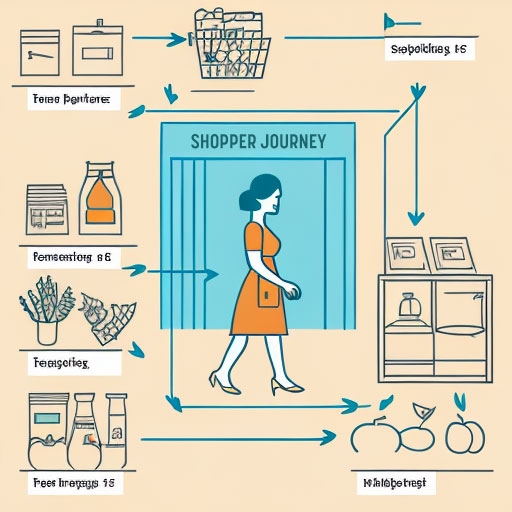
For packaging design and branding, we'll develop packaging that appeals to your target audience and create a brand identity that stands out on the shelves. We'll design an appealing logo and brand guidelines that represent your brand's values and mission.
Our social media marketing strategy is tailored to the specific social media platforms that are best for your brand. We'll create a social media content strategy that resonates with your target audience and engages them with your brand. We'll also identify the right influencers for your brand and develop partnerships to promote your products.

Our consumer promotions are designed to drive sales and increase your brand's visibility. We'll develop effective consumer and trade programs designed to get your products in front of more consumers.
Finally, we'll analyze the results of our marketing campaigns and track sales data, engagement and reach on social media, and the ROI of consumer promotions and influencer campaigns. We'll use this information to adjust our strategy and ensure that we're delivering the best results for your brand.
We're excited to help your brand succeed in the food and beverage industry. Contact us today to learn more about our consumer-marketing services!
The Consumer Shopping Journey
The Consumer Shopper Journey refers to the process that a consumer goes through when making a purchasing decision. It can be broken down into several stages, each of which represents a different phase of the decision-making process. Here are some common stages in the Consumer Shopper Journey.
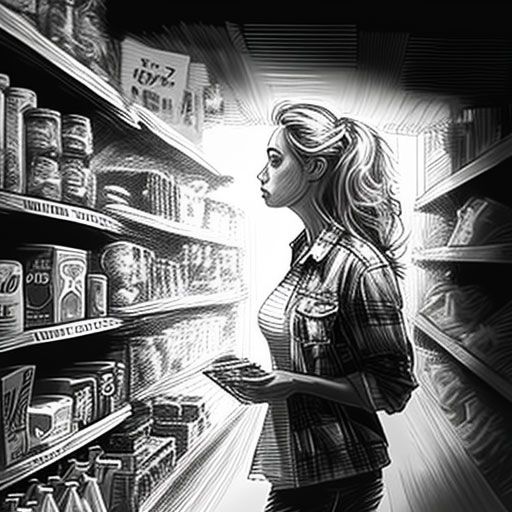
Awareness
The consumer becomes aware of a need or want for a product or service. This may be triggered by an event, such as a special occasion or a change in circumstances.

Research
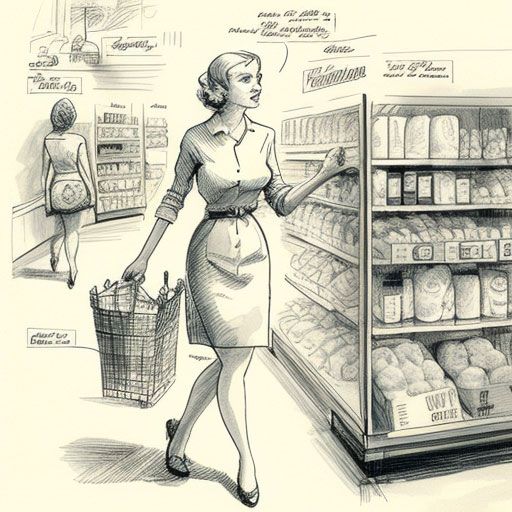
Consideration
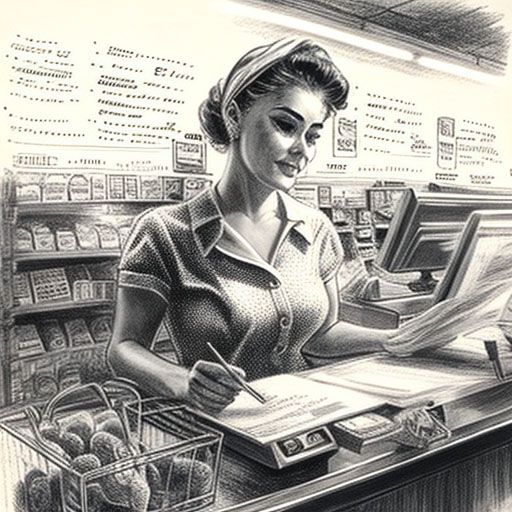
Purchase

Post-purchase
Decision Making Corridor
When a shopper enters a grocery store, they are typically in what is known as the "Decision Making Corridor." Not only is this the area immediately inside the entrance where the shopper is making initial decisions but it is also the path they must take to successfully complete their shopping journey.
At this point, the shopper is likely scanning the environment and taking in a lot of visual information. They may be looking at displays, signage, and product packaging to get a sense of what's available and what might be of interest to them.
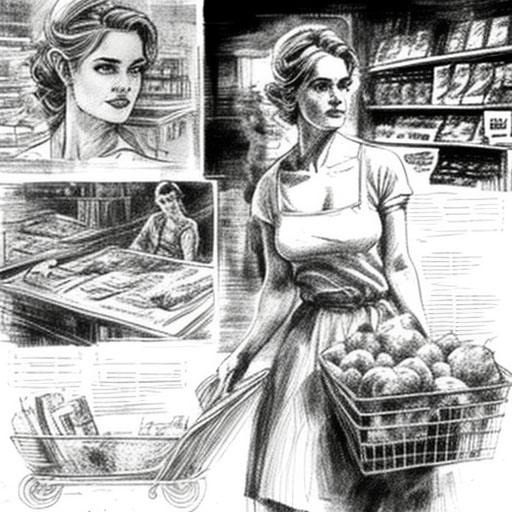
A mix of automatic and deliberate thinking.
The mental process that the shopper is moving through at this point can be characterized as a mix of automatic and deliberate thinking. On the one hand, the shopper's brain is processing a lot of visual information without conscious effort, and they are making snap judgments based on what catches their eye or seems familiar.
At the same time, the shopper is likely consciously considering factors like price, brand reputation, and nutritional value as they decide which products to add to their cart. This is where marketing strategies like packaging design, branding, and messaging can have a big impact on the shopper's decision-making process.

Consumer working through an efficient purchase process.
Overall, the shopper in the Decision Making Corridor is trying to quickly and efficiently gather information and make choices based on a combination of automatic and deliberate thinking. By understanding this process and tailoring marketing strategies to appeal to shoppers in this context, brands can increase their chances of success in the competitive grocery store environment.
Consumer marketing plays a critical role in influencing shoppers as they move through the Decision Making Corridor in a grocery store. As shoppers are scanning the environment and making snap judgments based on visual cues, marketing strategies like packaging design, branding, and messaging can help a product stand out and catch their attention.
For example, a well-designed package with eye-catching colors and a clear brand logo can help a product stand out on the shelf and draw the shopper's eye. Messaging that highlights the product's unique selling points, such as high-quality ingredients or eco-friendly packaging, can also help differentiate it from other products and appeal to the shopper's values.

Clear, effective and planned communication.
In addition to influencing shoppers in the Decision Making Corridor, consumer marketing can also play a role in driving repeat purchases and building brand loyalty over time. By creating a strong brand identity and messaging that resonates with consumers, brands can establish a relationship with shoppers that goes beyond a one-time purchase.
Overall, consumer marketing is a powerful tool for brands looking to succeed in the competitive grocery store environment. By understanding the Decision Making Corridor and tailoring marketing strategies to appeal to shoppers in this context, brands can increase their chances of success and build lasting relationships with their customers.
Seasonal Consumer Sales Schedule
These holidays are often used as opportunities for food and beverage companies to promote seasonal products, limited-time offers, and special promotions. Here's our list of major holidays that food and beverage companies often use in their consumer marketing and selling programs:

New Year's Eve/Day
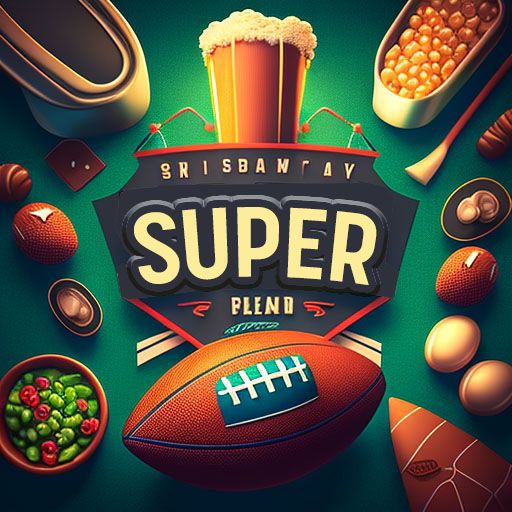
Super Bowl Sunday

Valentine's Day

St. Patrick's Day
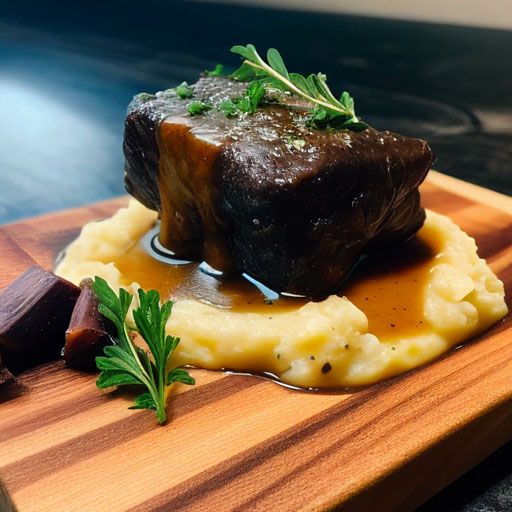
Easter
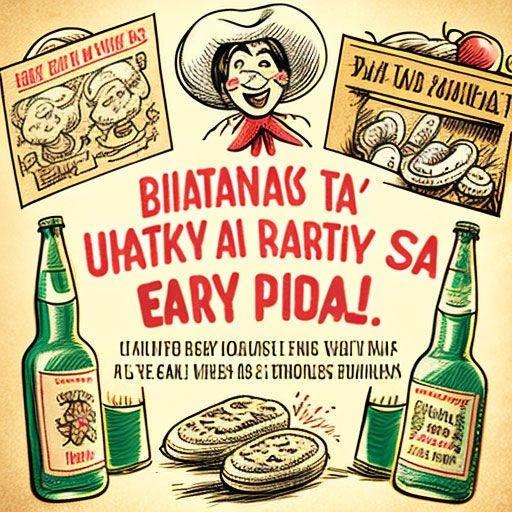
Cinco de Mayo
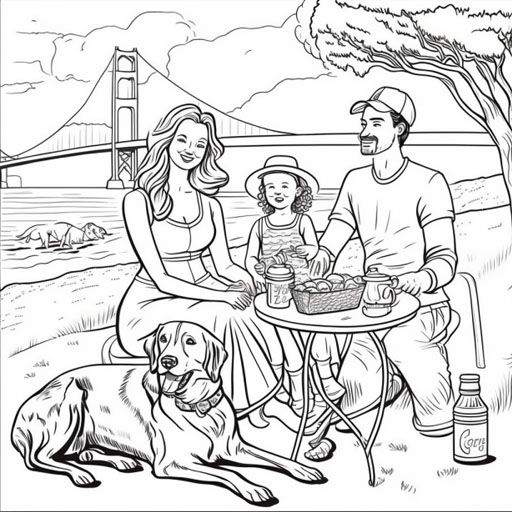
Mother's Day

Memorial Day

Father's Day
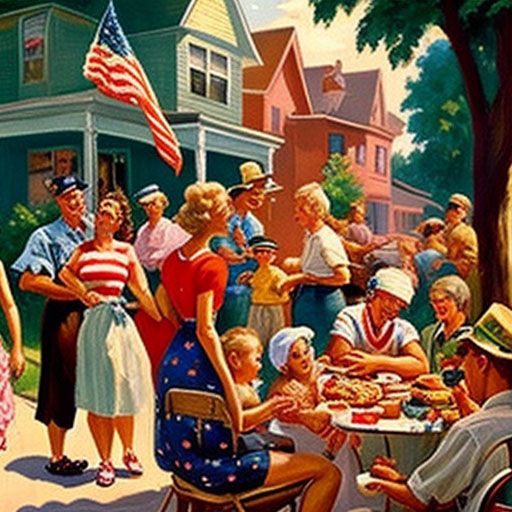
Independence Day/4th of July
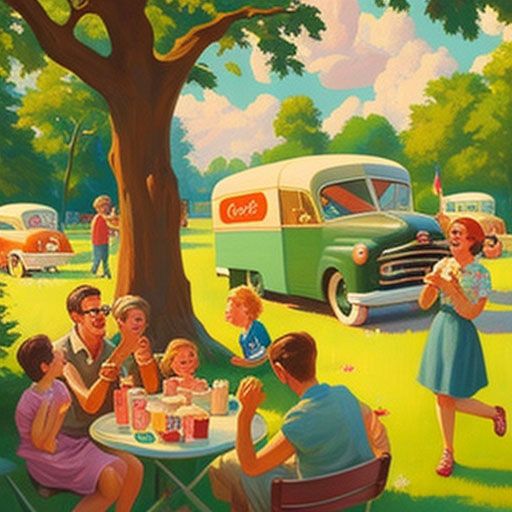
Labor Day
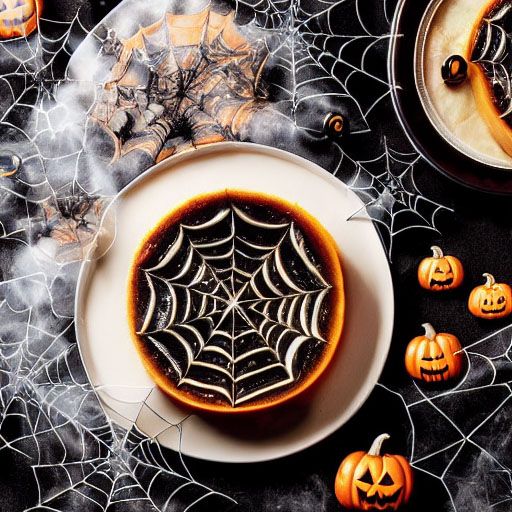
Halloween

Thanksgiving

Christmas
Seasonal Selling Opportunities - FAQs
Trade-related FAQs
A: Seasonal selling opportunities are specific times of the year when certain products are in high demand. For example, pumpkin spice-flavored products tend to be popular in the fall, while grilling and BBQ products are in demand during the summer. By capitalizing on these seasonal trends, businesses can increase sales and attract new customers.
A: Start by analyzing sales data from previous years to identify patterns in consumer behavior. Consider factors such as weather, holidays, and cultural events that may impact purchasing decisions. Keep an eye on industry trends and pay attention to what your competitors are doing. Finally, don't be afraid to experiment with new products or flavors to see what resonates with consumers.
A: Depends on where the marketing spend is being used. Is this In-Home, In-Store, On-Premise? In general a marketing mix of activities is advisable. Store programming,social media, email marketing, and other non-digital and digital channels to promote seasonal products to your target audience.
Highlight the unique features and benefits of your products and consider offering special promotions or discounts. Consider partnering with influencers or bloggers to create buzz around your products. Finally, make sure your packaging and displays are eye-catching and visually appealing.
Consumer-related FAQs
A: Food and beverage products often vary by season because certain ingredients are only available during certain times of the year. For example, berries are typically in season during the summer, while root vegetables are more common in the fall and winter. Additionally, consumers may have different preferences based on the weather or holidays.
A: Seasonal products may be more expensive due to factors such as availability, transportation costs, and demand. However, retailers may offer discounts or promotions to attract customers and encourage sales.
A: Seasonal products can be a great way to incorporate more fresh fruits and vegetables into your diet. Additionally, some seasonal flavors such as peppermint and cinnamon may have health benefits. However, it's important to read nutrition labels and ingredients lists to ensure that seasonal products are actually healthier than non-seasonal options.
Our Work
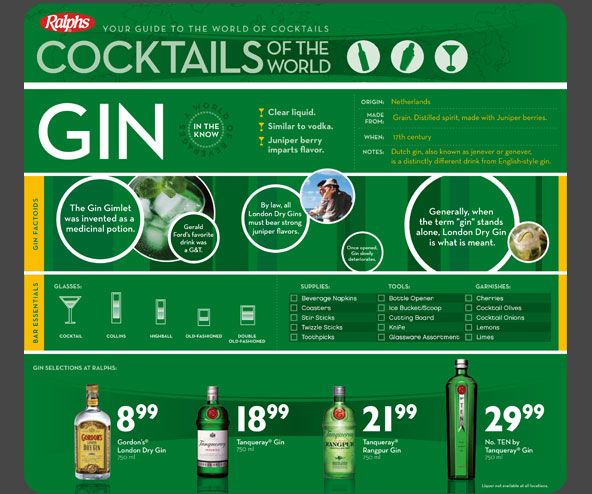
In-Store Education
In-store education programs can increase customer engagement by providing a more interactive and immersive experience. Customers are more likely to remember and retain information when it is presented in a hands-on and interactive way.
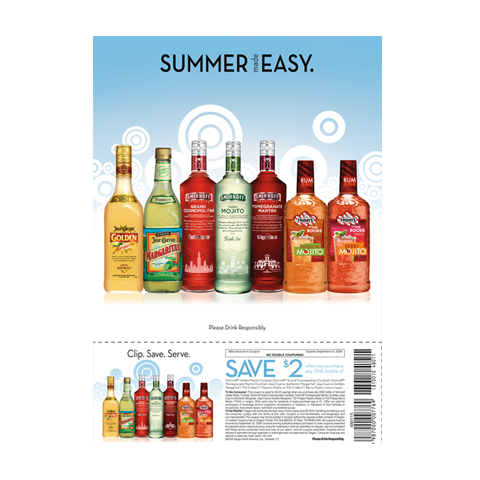
Inserts
Targeted food and beverage inserts can increase relevance and effectiveness. By tailoring inserts to specific customer segments, companies can ensure that the message resonates with the audience and is more likely to drive action
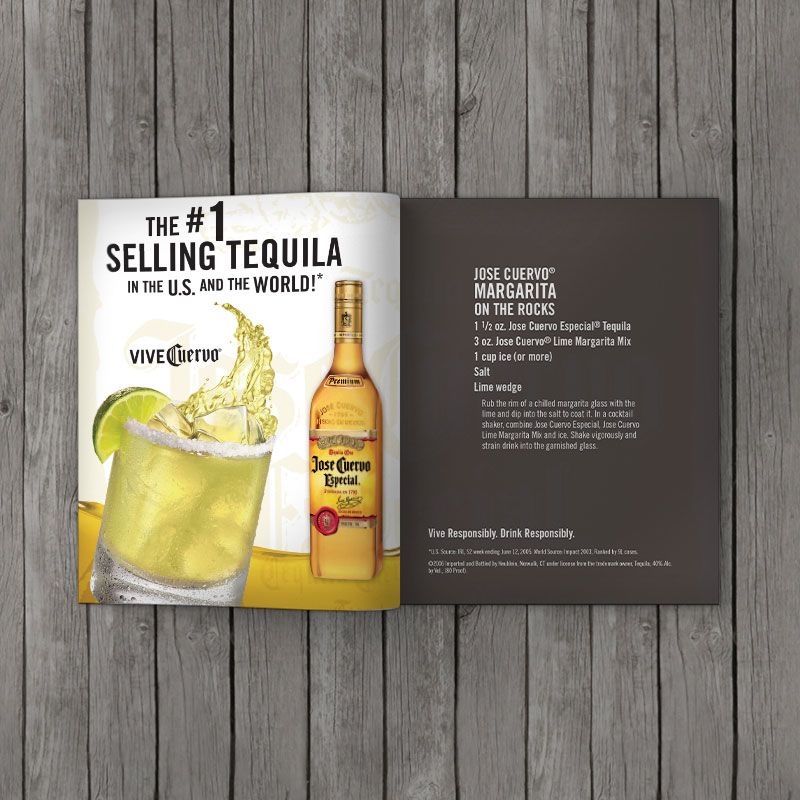
Consumer Recipe Book
Developing a consumer-focused recipe book can be a powerful marketing tool for companies. Recipe books provide valuable consumer tools for companies looking to connect with their target audience, drive sales, and enhance brand loyalty.
- Copyright © 2022 Linear SC, Inc. | Website Design, Development & Support: PowerPro Live